River Trent canal lock at Gunthorpe, Nottinghamshire: with the sound of music, CC BY 2.0, via Flickr @ https://www.flickr.com/photos/86426405@N00/5571975156/
undated stipple engraving of William Forsyth by Samuel Freeman (1773-Feb. 27, 1857): Public Domain Mark (PDM), via Wellcome Collection @ https://catalogue.wellcomelibrary.org/record=b1166155
FOVI: U.S.D.A. Natural Resources Conservation Service, via USDA PLANTS Database @ https://plants.usda.gov/home/plantProfile?symbol=FOVI&mapType;=distribution
Ph. Fr. de Siebold and J.G. Zuccarini, Flora Japonica Sectio Prima (1826), Tab. 3: Flora Japonica, Public Domain, via Wikimedia Commons @ http://commons.wikimedia.org/wiki/File:Forsythia_suspensa_SZ3.png?uselang=fr
Ground-plan of the Dutch trade-post on the island Dejima at Nagasaki; Isaac Titsingh, Bijzonderheden Over Japan, Vol. 2, page 265: Koninklijke Bibliotheek, Public Domain, via Wikimedia Commons @ https://en.wikipedia.org/wiki/File:Plattegrond_van_Deshima.jpg
Zhoushan prefecture, northeastern Zhejiang province, eastern coastal China: Jakub Halun (Jakubhal), CC BY-SA 3.0, via Wikimedia Commons @ https://commons.wikimedia.org/wiki/File:20090606_Putuoshan_8818.jpg
ca. 1820 colored etching by Friedrich Besemann (Oct. 21, 1796-March 8, 1854): Public Domain, via Wikimedia Commons @ http://commons.wikimedia.org/wiki/File:Goettingen_Alter_Botanischer_Garten_04.jpg
Forsythia × intermedia: Nino Barbieri, CC BY-SA 3.0, via Wikimedia Commons @ https://commons.wikimedia.org/wiki/File:-_Forsythia_intermedia_01_-.jpg
variegated forsythia: Elektryczne jabłko, CC BY SA 3.0, via Wikimedia Commons @ https://commons.wikimedia.org/wiki/File:Forsythia_-intermedia-golden-times2.JPG
Forsythia intermedia 'Spectabilis': Rob Hille, Public Domain, via Wikimedia Commons @ https://commons.wikimedia.org/wiki/File:Forsythia_intermedia_spectabilis_r11.jpg
Charles Lemaire, ed., Le jardin floriste (1852), vol. 2, Plate 147: Public Domain, Google-digitized, via HathiTrust @ http://hdl.handle.net/2027/hvd.32044106335771?urlappend=%3Bseq=232
Steve Hurst, ARS Systematic Botany and Mycology Laboratory: Steve Hurst/ARS, Public Domain, via USDA-NRCS PLANTS Database @ https://plants.usda.gov/home/plantProfile?symbol=FOSU
Forsythia suspensa fruit's seed pod, Figure 3 (lower left); L. Van Houtte, Flore des Serres, tome 12 (1857), opposite page 134: Public Domain, via Biodiversity Heritage Library @ https://www.biodiversitylibrary.org/page/27803787
A visual poem is also known as a concrete poem: Encyclopaedia Britannica @Britannica, via Twitter March 21, 2018, @ https://twitter.com/Britannica/status/976522610149388295
Cusy, southeastern France: Yann, CC BY-SA 4.0, via Wikimedia Commons @ https://commons.wikimedia.org/wiki/File:Forsythia_2009.jpg
Lutherville, central Maryland: James G. Howes, Use for any purpose provided that the copyright holder is properly attributed, via Wikimedia Commons @ https://en.wikipedia.org/wiki/File:Forsythia_50years.jpg
Emmaus, southeastern Pennsylvania: cneu, CC BY 2.0, via Flickr @ https://www.flickr.com/photos/cneu/3467404548/


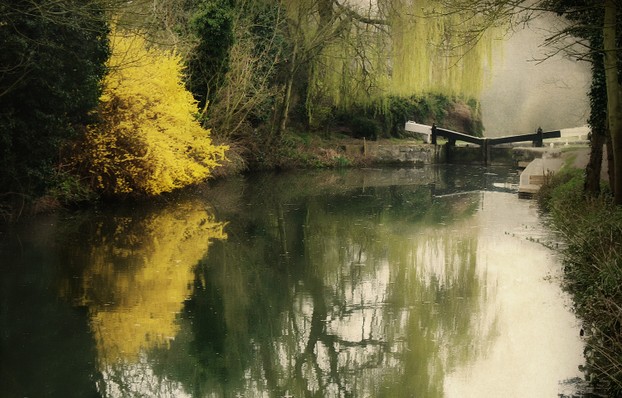
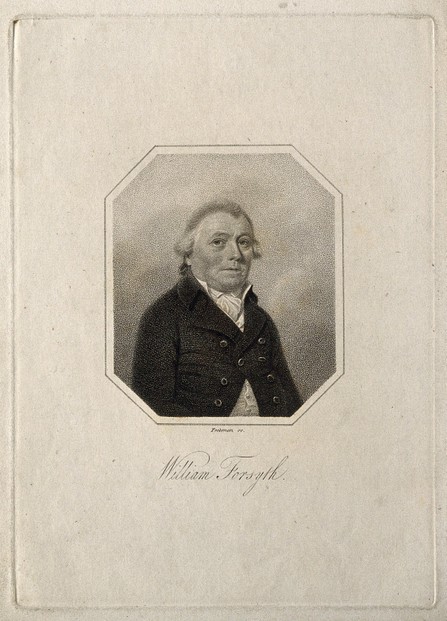
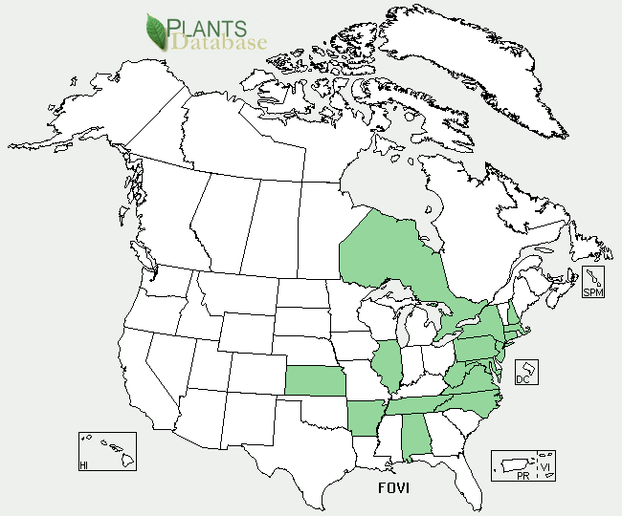
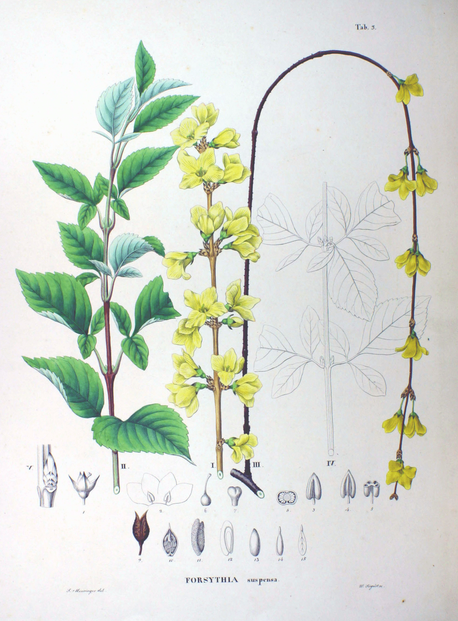
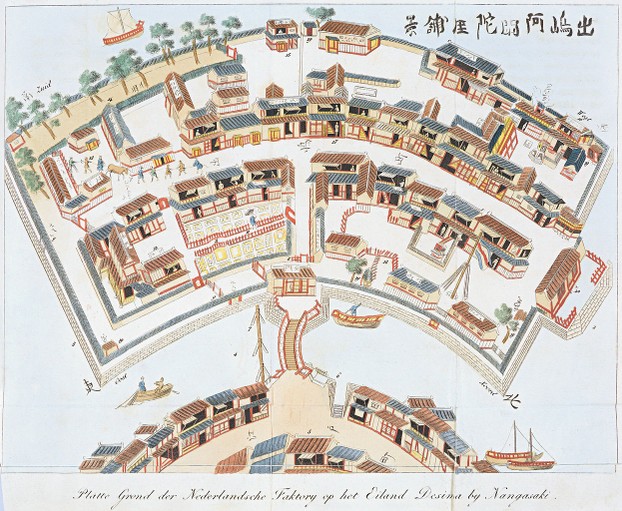
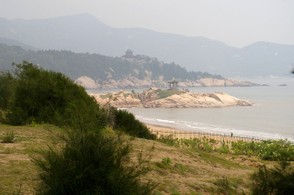
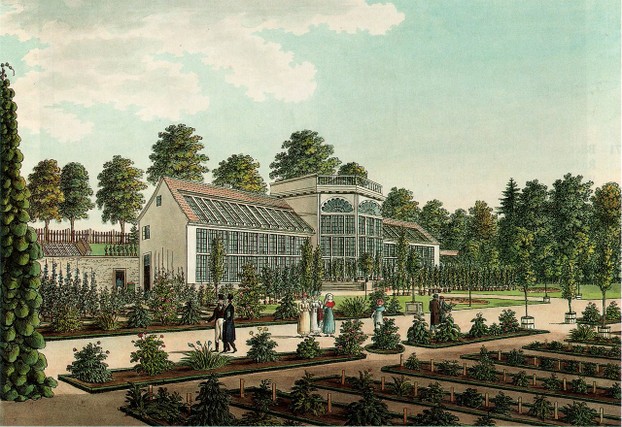
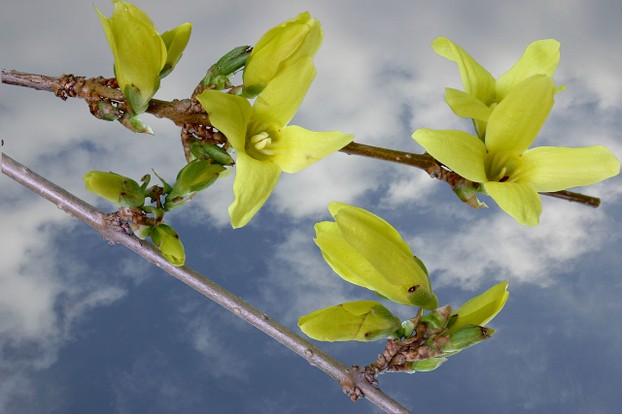
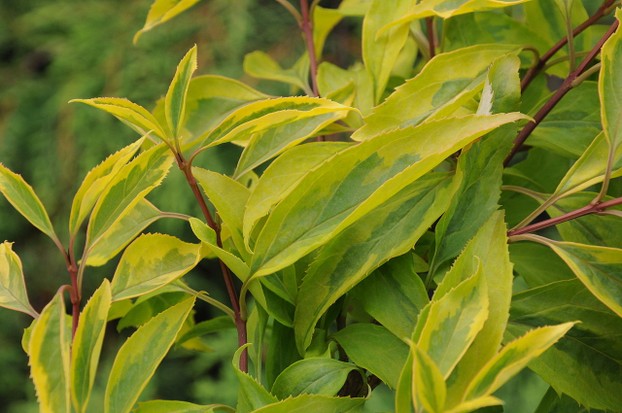
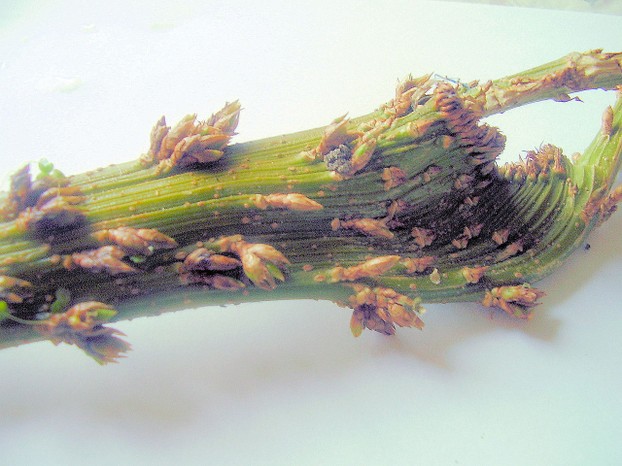
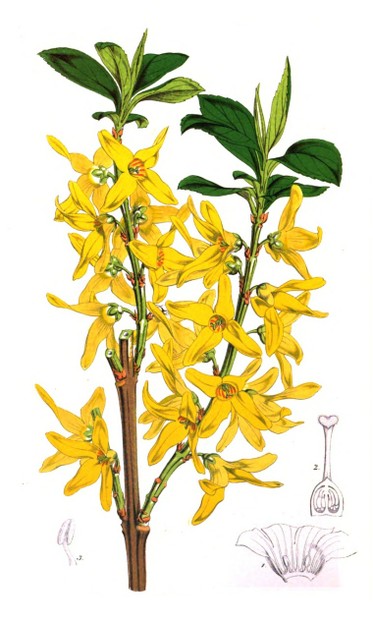
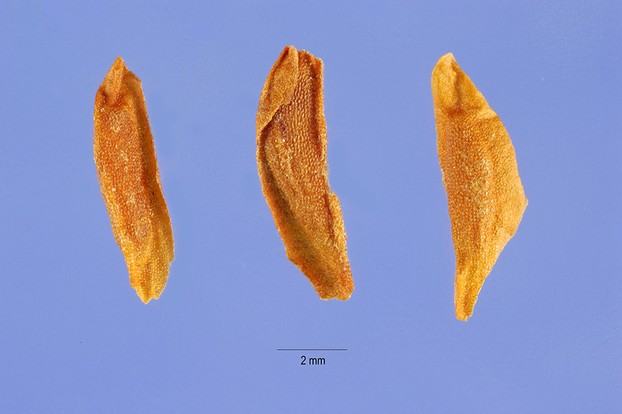
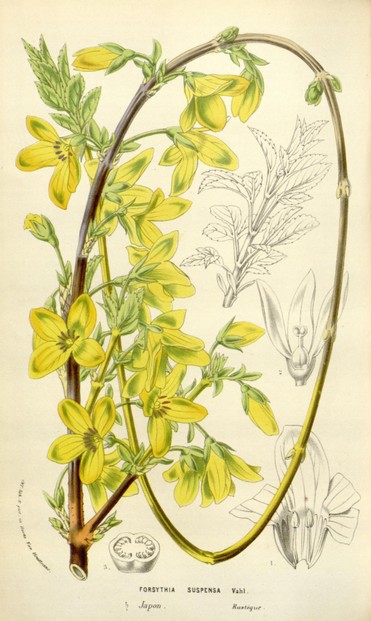
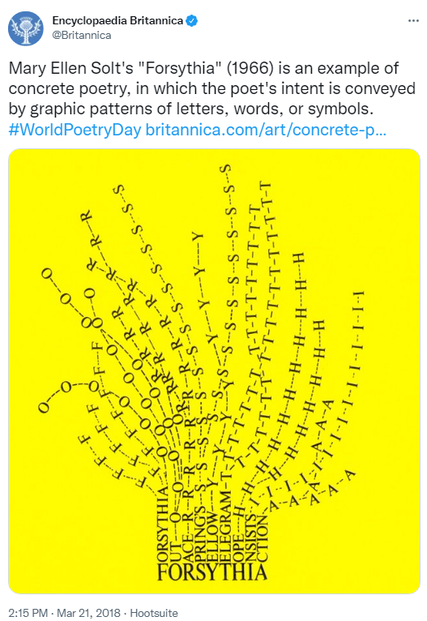
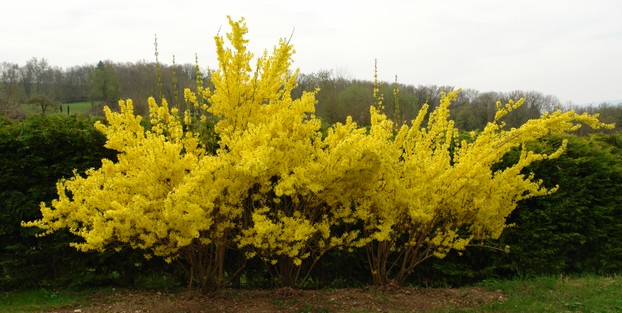
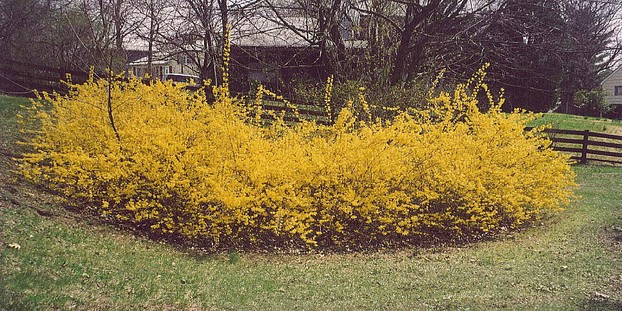
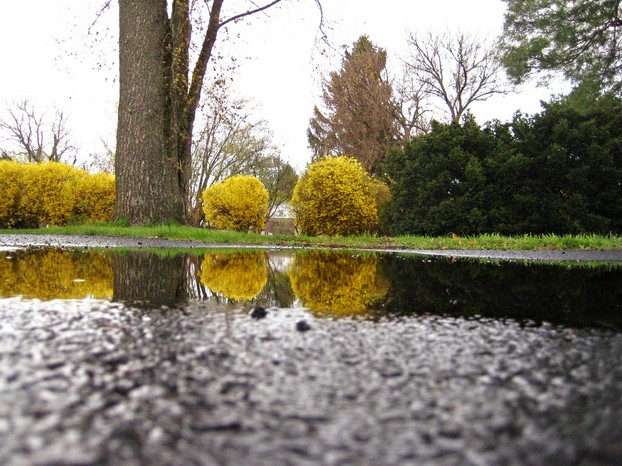





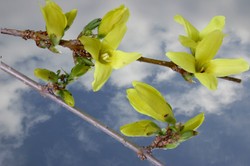

 Are Hawaiian Huakai Po Nightmarchers Avenging Halloween Thursday?on 10/02/2024
Are Hawaiian Huakai Po Nightmarchers Avenging Halloween Thursday?on 10/02/2024
 Mailing Addresses for 2023 Form 4868 Extending 1040 and 1040SR April 15, 2024, Due Dateon 04/15/2024
Mailing Addresses for 2023 Form 4868 Extending 1040 and 1040SR April 15, 2024, Due Dateon 04/15/2024
 Mailing Addresses for 2023 Forms 1040 and 1040SR Filed in 2024on 04/15/2024
Mailing Addresses for 2023 Forms 1040 and 1040SR Filed in 2024on 04/15/2024
 Mailing Addresses for 2022 Form 4868 Extending 1040 and 1040SR April 18, 2023, Due Dateon 04/13/2023
Mailing Addresses for 2022 Form 4868 Extending 1040 and 1040SR April 18, 2023, Due Dateon 04/13/2023

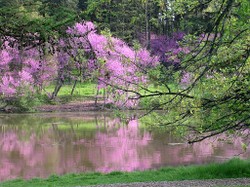
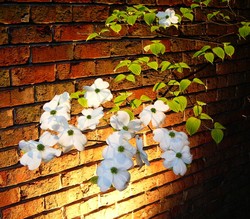
Comments
Mira, Forsythia definitely brightens the landscape. I love the carefree shape which Forsythia often assumes.
I haven't really noticed before that forsythia shrub with branches laden with snow. What a beautiful image! You're right, forsythia does seem to grow happily without requiring much attention.
Mira, Forsythia keeps surging in popularity for many reasons, including attractiveness, ease in growing, and uncomplicated care. As you say, it's true that we often start seeing something in nature everywhere once we learn to recognize it!
Yes, yellow is prized as a color in China. Additionally, Forsythia has much value in traditional Chinese medicine.
We have lots of forsythia here in Bucharest. I haven't noticed it when I was younger, but once I learned its look and name I started seeing it everywhere. Or maybe they're planting it on a larger scale in parks only now :). I didn't know it symbolizes good luck in China. Could it be because the Chinese like the color yellow so much?:)
Dustytoes, Forsythia is considered a good luck plant in China, where it symbolizes happiness, joy, and prosperity. That's so charming that forsythia was one of the first plantings at your new house. No matter how small or sprawling, forsythia is gorgeous.
One of the first things I planted in the yard of my new house was a forsythia bush. It's still very small, but I love those bright yellow blooms. It's too early for them to bloom here is NH, but soon!
VioletteRose, Me, too, I agree that Forsythia has lovely flowers. Forsythia is a popular plant for highway median strips here, so I am enjoying the golden colors as I drive.
They are lovely flowering plants. You have shared great information and very beautiful pictures, thank you!